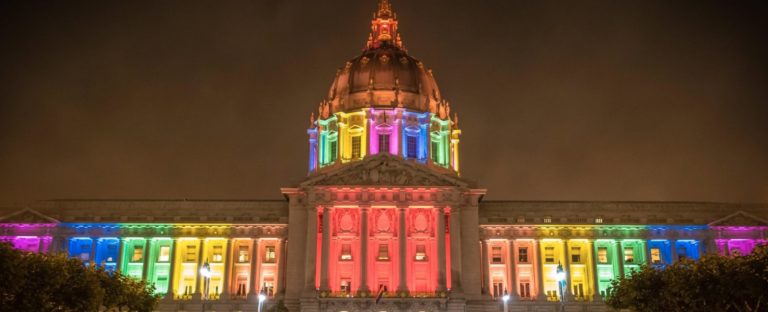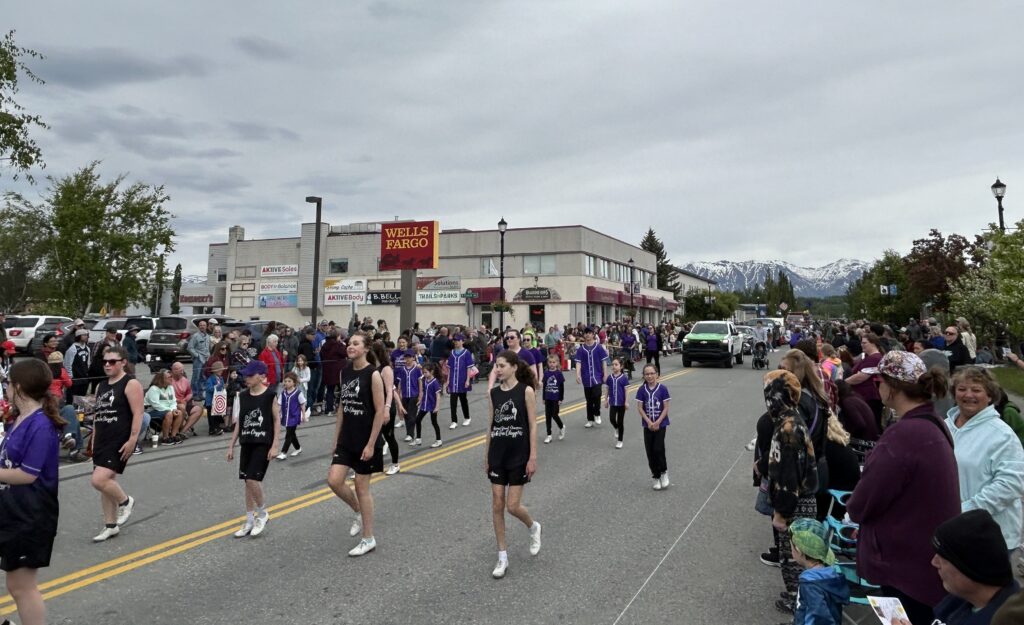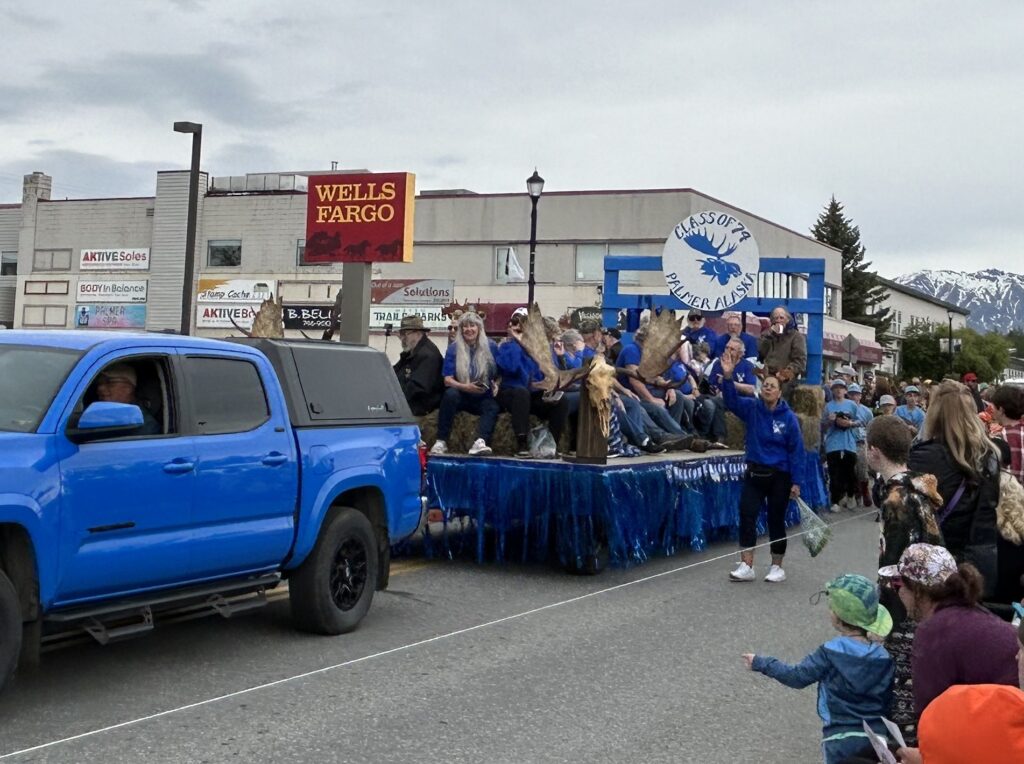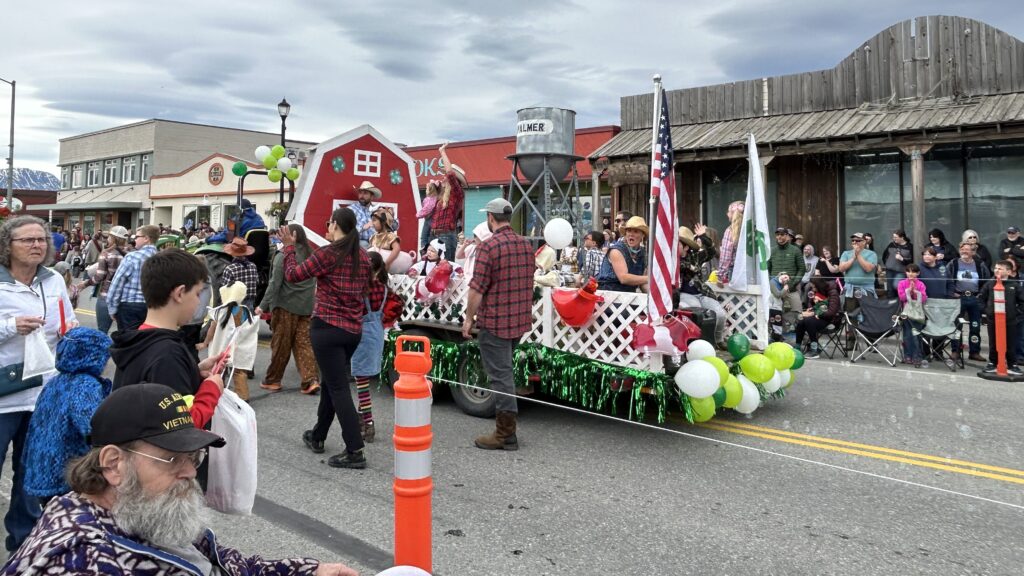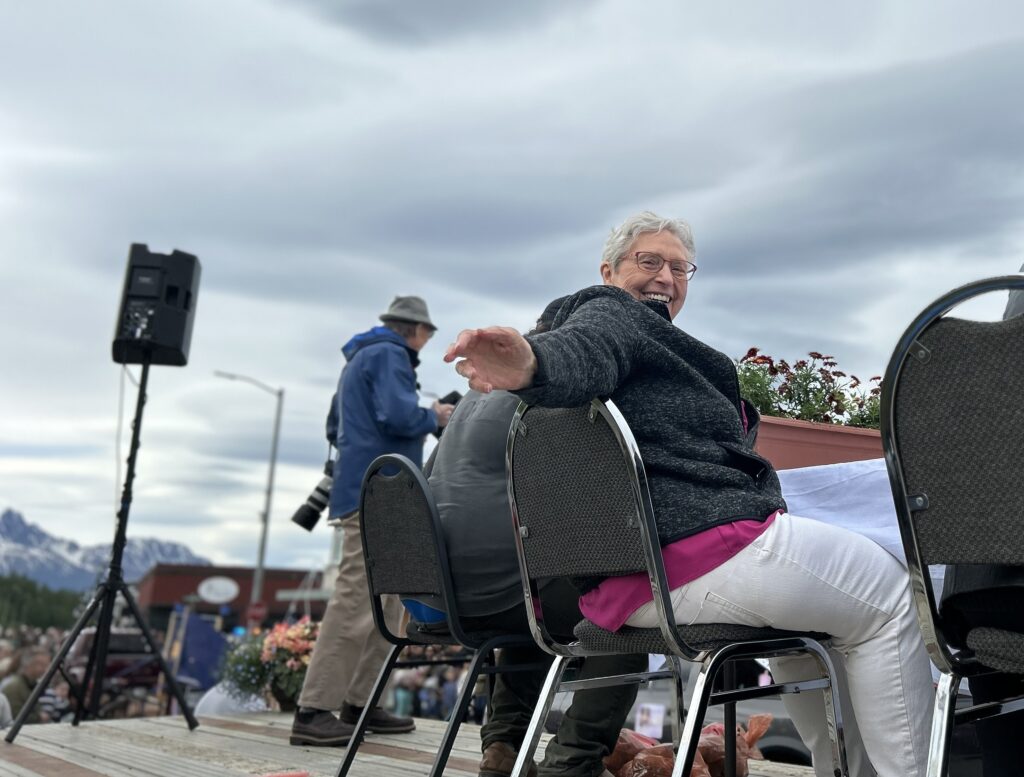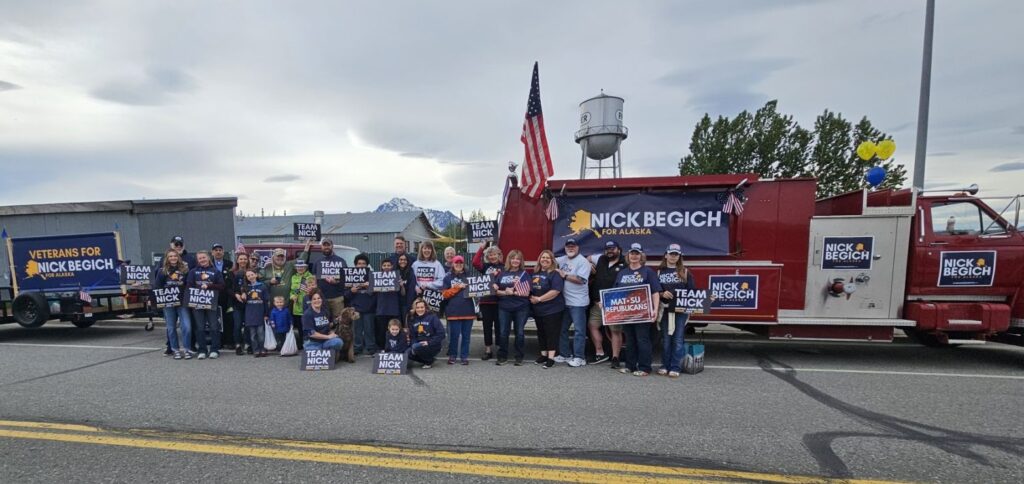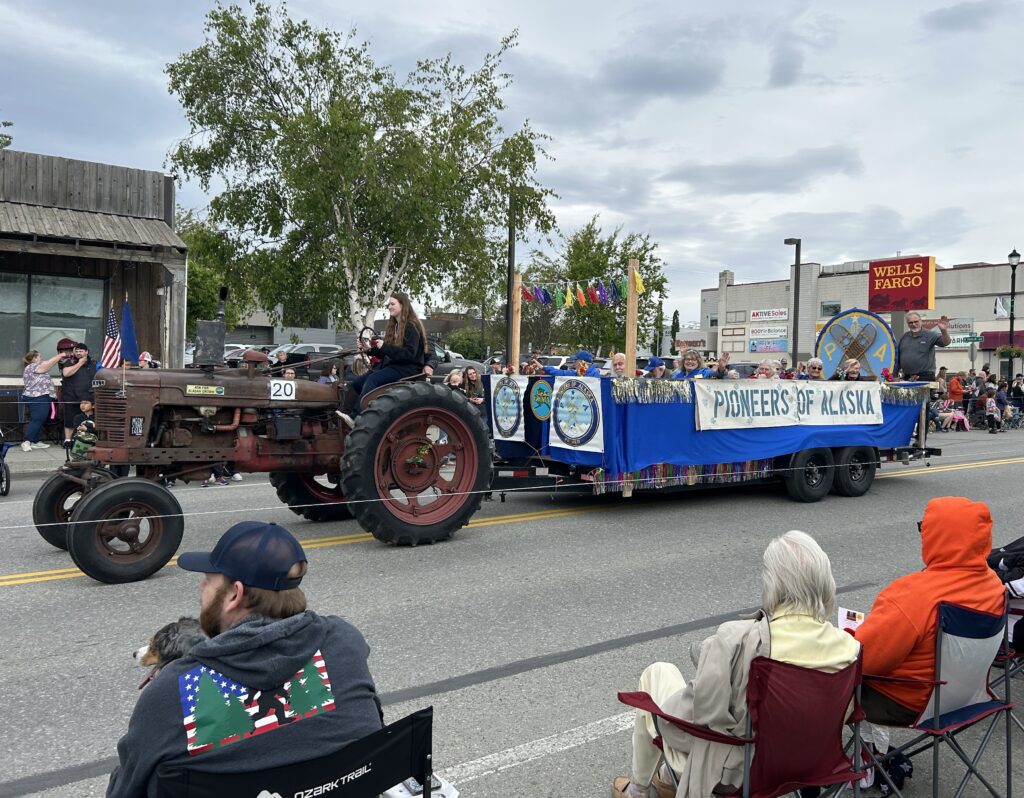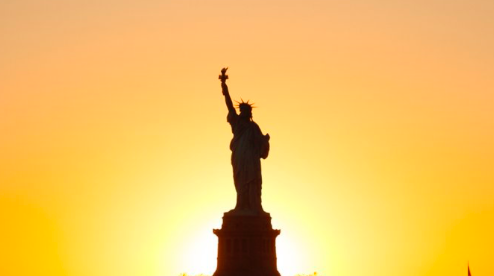By KENNETH SCHRUPP | THE CENTER SQUARE
San Francisco opened its first $5.5 million free food “market”, where approved residents can show a benefits eligibility card, put what they want in their carts, check out to keep track of outgoing inventory, and leave without paying.
The Bayview-Hunters Point facility aims to be a food pantry alternative that replicates the supermarket experience in an area where many grocery stores have come but few have remained due to high crime.
The 4000-square foot District 10 Market is the first of San Francisco’s food empowerment “markets” funded by the San Francisco’s Human Services Agency. Eligible individuals receive a Costo-like benefits card that allows use of the facility once per month. Eligibility is limited to individuals who live within one of three zip codes, are verified social services clients, have dependents under 25 or a qualified food-related illness, and be referred by one of eleven community organizations in the market’s referral network.
Geoffrea Morris, who spearheaded San Francisco’s Food Empowerment Market legislation in 2021 while working for a county supervisor and is a senior consultant for the District 10 Market, explains the program is meant to supplement food stamps that run out towards the end of the month, especially due to rising food costs from inflation.
“This is a supplemental source for food. Food stamps should be the primary source. This is a supplemental source especially close to the end of the month when families are facing the pain, especially with inflation,” Morris told The Center Square.
The facility is designed to closely replicate the supermarket experience, with individuals’ items weighed and scanned upon “check-out” to keep track of inventory and manage supply chains. District 10 Market, which is operating on a $5.5 million grant from San Francisco, uses taxpayer funds to purchase high-quality fresh produce from Rodriguez Brothers Ranch in Watsonville, and largely relies on donations from other grocery stores for its shelf-stable items and toiletries.
“If we didn’t tell you it was free you’d think you’d have to pay,” Morris said.
Morris also detailed how District 10 Market’s referral process is meant to ensure use of wraparound services.
“If you’re having food insecurity you’re having other issues as well and you need to be engaged with the services the city has put in place to improve your life and the life of your children,” Morris said.
District 10 is one of San Francisco’s poorest communities, and is home to some of the city’s largest public housing projects. As a result of high crime, grocery stores have had a hard time staying in businesses in the area, despite the large population.
“We’ve had plenty of chains come in and out of the community. Over my lifetime plenty of chains have come in and left,” recalled Morris.
The Bayview-Hunters Point community has 40,495 residents, is home to designated United States Department of Agriculture “food desert” with low fresh food availability, and a high property crime rate in the area. In the first six months of 2019, the area had reports of 143 robberies, 129 assaults, 195 burglaries, 308 motor vehicle thefts, 889 larceny thefts. Those numbers largely declined in the first six months of 2024, in which 78 robberies, 120 assaults, 174 burglaries, 353 motor vehicle thefts, 431 larceny thefts were reported, but business organizations say apparent crime reductions as reported in San Francisco and much of California are from less reporting of crime, not less actual crime.
“We know that there is underreporting. Since Prop 47 was passed, murder, rape and robbery increased by more than 20% in the number of crimes. Same holds true for motor vehicle theft which is up 19.8% since the passage of Proposition 47,” said Matt Ross, Communications Director for Californians Against Retail & Residential Theft, to The Center Square. “The only significant drop is burglary at 30% So either California is doing an amazing job at stopping burglary when every other crime stat is on the increase, or there is underreporting.”
Should the Bayview-Hunters Point facility meet city goals, the city plans on rolling out more facilities in other low-income districts.
